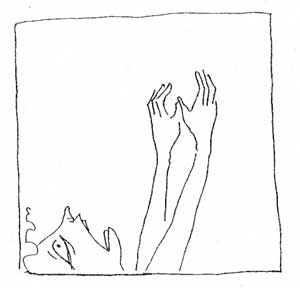“What’s Up With Those Voices in Your Head?”
Casey Schwartz of the New York Times reviews “The Voices Within: The History and Science of How We Talk to Ourselves,” by Charles Fernyhough, a professor of psychology at Durham University in England.
"To go about his investigation, he proceeds like a man walking slowly around a sculpture, studying it from every angle. Inner voices are a facet of ordinary life: They grumble and chastise and offer up opinions, though to what extent differs from one person to the next. Fernyhough starts to ask questions: How and when did these voices first enter our heads? Do young children hear voices the same way adults do? What distinguishes the inner voices that we all hear from the auditory hallucinations of schizophrenia? What is the relationship between pathological hallucinations and the exalted experiences described by medieval mystics, who believed they were hearing the voice of God?
These are among the many questions Fernyhough explores, but he is particularly good when addressing the role of inner voices in creativity. For many writers, it is an internal “voice” that serves as the very means by which each sentence gets written, the shining guide through the darkness. “I don’t write; I am written,” the author Siri Hustvedt has said, and scientific evidence corroborates her claim. In one study Fernyhough cites, a researcher at the University of Southern California found a correlation between how skillfully student participants wrote and the extent to which they listened to an inner voice while doing so."
Read the rest of the review.
